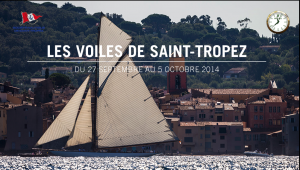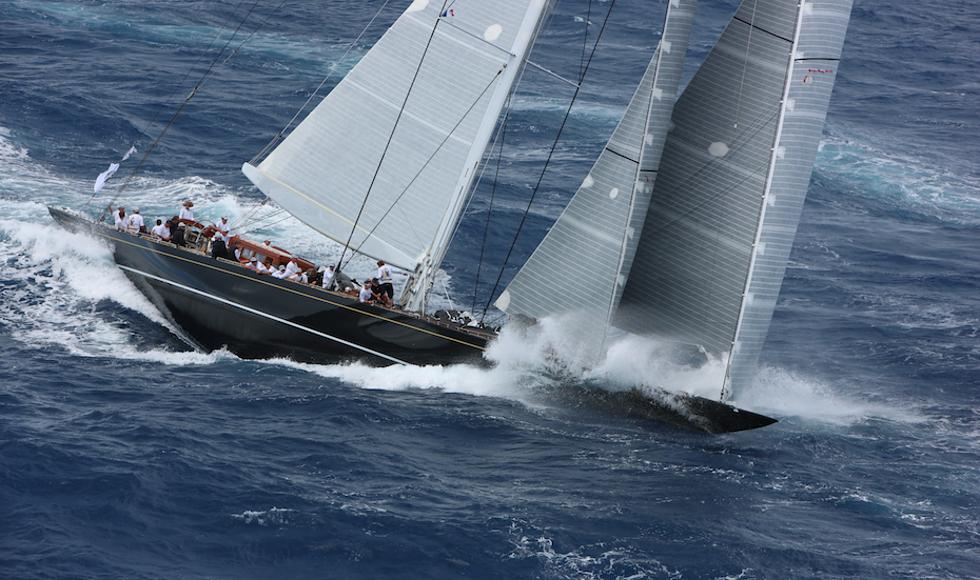Posted by Charles Doane // March 27, 2014

We described the genesis of the Cruising Everyman in the mid- to late 19th century, in our last episode in this series. These were sailors who were not aristocratic bluebloods looking to flaunt their wealth, but a simpler breed of more middle-class sailors who enjoyed cruising under sail for its own sake. These are cruisers we can easily relate to today, and what most interests us, of course, is the sort of boat they most often went cruising in.
For many sailors of more modest means who wanted vessels that were both substantial enough to survive a bit of weather and large enough to live aboard for limited periods of time in some comfort, the easiest and cheapest thing to do was simply to buy an old working boat and refurnish it. Some paint, some furniture tacked in down below, and perhaps some rig alterations could quickly transform many such boats into perfectly serviceable cruisers. It helped, of course, that working sailboats everywhere were steadily being replaced by power vessels, and thus were available at reasonable prices in ever-growing numbers.
Fishing boats were probably the most popular candidates for conversion. Indeed, some types established secondary reputations as cruising boats that ultimately eclipsed their previous identities. We tend to forget, for example, that two popular American craft now considered classic coastal cruising vessels–the Cape Cod catboat and the Friendship sloop–were both originally designed and used as inshore fishing boats.


